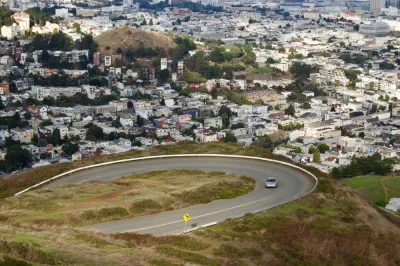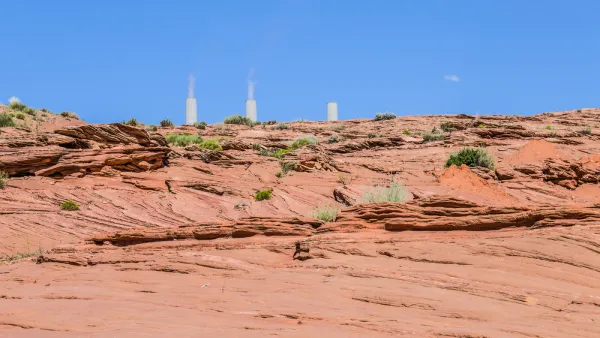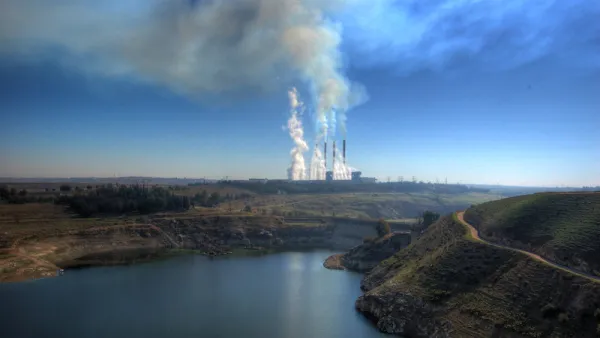Sources leaked news of the Trump Administration's plans to dismantle the Obama-era environmental policies. The Trump Administration also aims to dismantle the Golden State's ability to regulate air pollution from vehicles.

Ryan Beene , Jennifer A Dlouhy , John Lippert, and Ari Natter have a big scoop about the Trump Administration's ongoing efforts to roll back environmental regulations around the country. This time the front line is in California.
The Trump administration will seek to revoke California’s authority to regulate automobile emissions -- including its mandate for electric car sales -- in a proposed revision of Obama-era standards,
California has long been granted unique authority to set its own regulations of car pollution—a fact that has pushed car companies toward cleaner emissions throughout the history of the state's regulations given the size of its car market.
Now sources in the Trump Administration are revealing that the U.S. Environmental Protection Agency will revoke the Clean Air Act waiver that allows California its own unique authority to regulate vehicle emissions. "The U.S. National Highway Traffic Safety Administration will likewise assert that California is barred from regulating greenhouse gas emissions from autos under the 1975 law that established the first federal fuel-efficiency requirements," according to the article.
The news could be perceived as a direct attack on California's ability to determine the its own public health and environmental quality outcomes, but it could also be perceived as a direct attack on Obama Administration policies. According to the article, the Trump Administration also plans to "put the brakes on federal rules to boost fuel efficiency into the next decade." The Trump Administration will "cap federal fuel economy requirements at the 2020 level, which under federal law must be at least a 35-mile-per-gallon fleet average, rather than letting them rise to roughly 50 mpg by 2025 as envisioned in the plan left behind by Obama," according to the article.
FULL STORY: Trump to Seek Repeal of California's Smog-Fighting Power

National Parks Layoffs Will Cause Communities to Lose Billions
Thousands of essential park workers were laid off this week, just before the busy spring break season.

Retro-silient?: America’s First “Eco-burb,” The Woodlands Turns 50
A master-planned community north of Houston offers lessons on green infrastructure and resilient design, but falls short of its founder’s lofty affordability and walkability goals.

Delivering for America Plan Will Downgrade Mail Service in at Least 49.5 Percent of Zip Codes
Republican and Democrat lawmakers criticize the plan for its disproportionate negative impact on rural communities.

Test News Post 1
This is a summary

Test News Headline 46
Test for the image on the front page.

Balancing Bombs and Butterflies: How the National Guard Protects a Rare Species
The National Guard at Fort Indiantown Gap uses GIS technology and land management strategies to balance military training with conservation efforts, ensuring the survival of the rare eastern regal fritillary butterfly.
Urban Design for Planners 1: Software Tools
This six-course series explores essential urban design concepts using open source software and equips planners with the tools they need to participate fully in the urban design process.
Planning for Universal Design
Learn the tools for implementing Universal Design in planning regulations.
EMC Planning Group, Inc.
Planetizen
Planetizen
Mpact (formerly Rail~Volution)
Great Falls Development Authority, Inc.
HUDs Office of Policy Development and Research
NYU Wagner Graduate School of Public Service





























